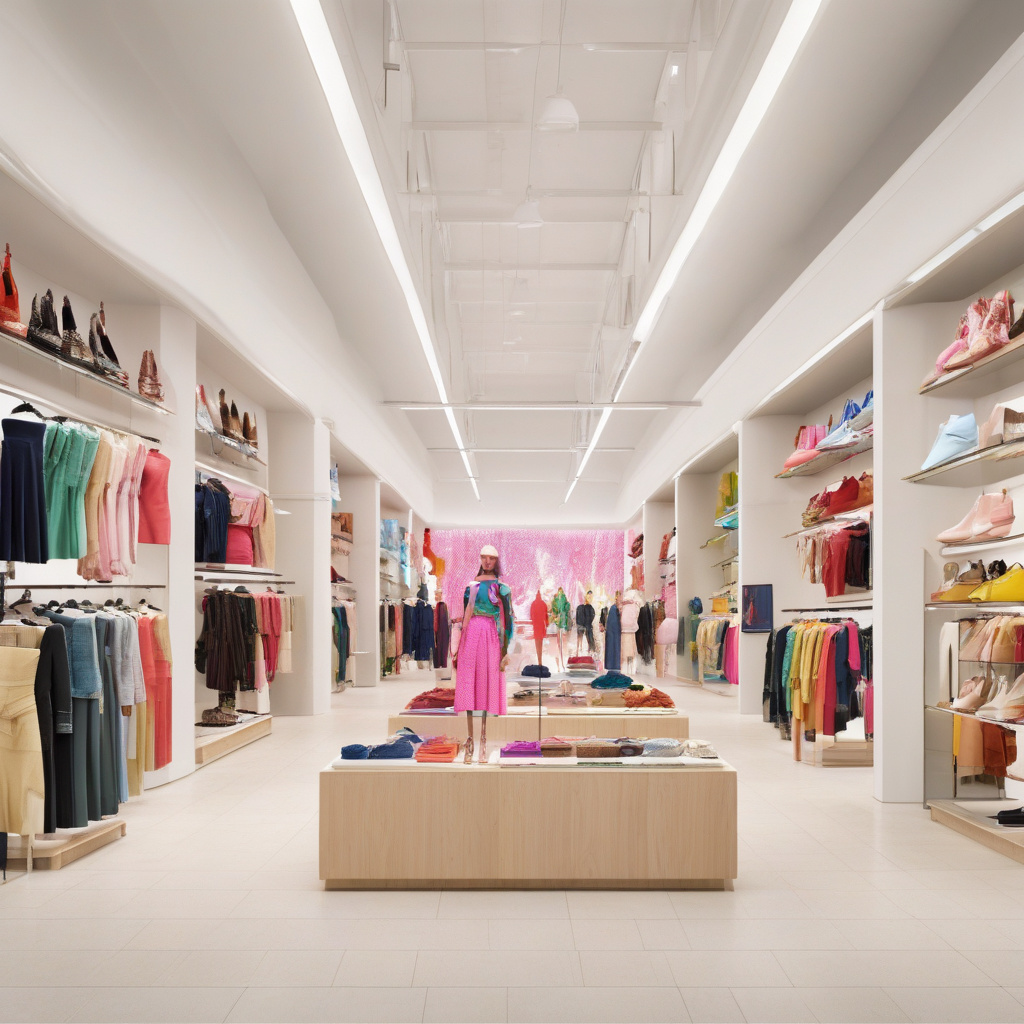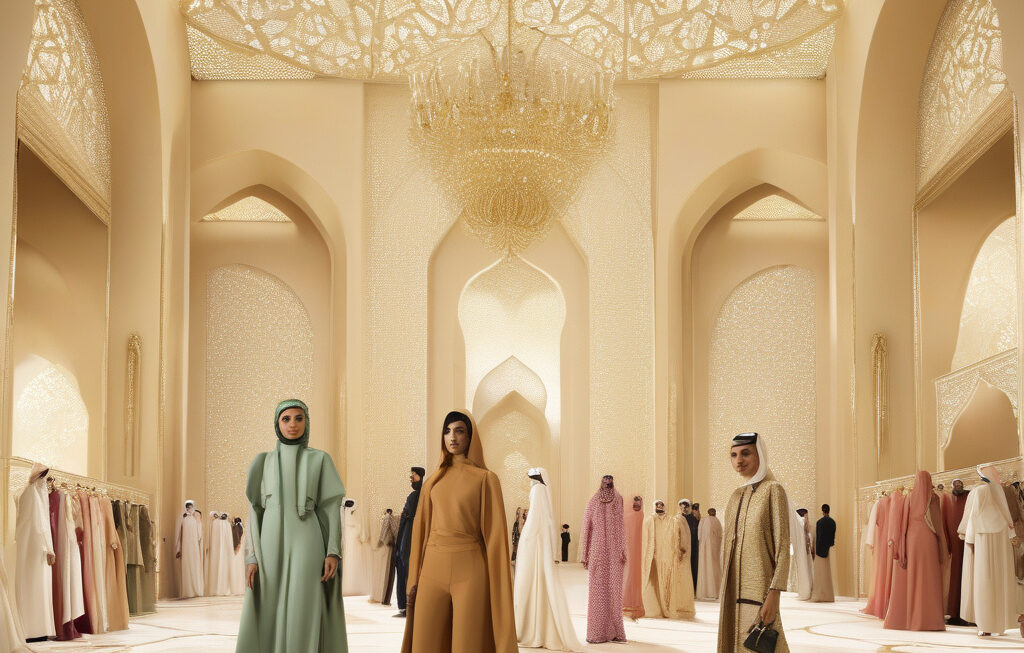The Great Fashion Reset | The Future of Multi-Brand Retail
In the ever-changing landscape of fashion retail, the tides are shifting once again. Major luxury retailers like Saks and Ssense are facing challenges, grappling with changing consumer behaviors and the rise of e-commerce giants. However, amidst this turmoil, there is a glimmer of hope for the industry in the form of independent boutiques. These smaller, more agile players are not only weathering the storm but are thriving, signaling a potential renaissance for multi-brand retail.
The struggles of traditional luxury retailers can be attributed to various factors. The shift towards online shopping, accelerated by the global pandemic, has left many brick-and-mortar stores in a precarious position. Consumers are now more inclined to make purchases from the comfort of their homes, favoring convenience and safety over the traditional in-store experience. Additionally, the dominance of e-commerce giants like Amazon has posed a significant threat to the business models of established luxury retailers, forcing them to adapt or risk being left behind.
In contrast, independent boutiques have been able to carve out a unique space for themselves in the market. By offering curated selections of products, personalized shopping experiences, and a strong sense of community, these boutiques have captured the attention of discerning consumers who are seeking something beyond the mass-produced offerings of big-name brands. In a world where authenticity and individuality are highly prized, independent boutiques are able to deliver on these fronts, setting themselves apart from their larger competitors.
One prime example of this trend can be seen in the resurgence of concept stores like Dover Street Market and 10 Corso Como. These innovative retailers have redefined the traditional retail model, blending fashion, art, and culture to create immersive shopping environments that resonate with modern consumers. By fostering a sense of discovery and curation, these stores have become destinations in their own right, attracting shoppers who are looking for more than just a transactional retail experience.
The success of independent boutiques also underscores a broader shift in consumer preferences towards sustainability and ethical consumption. Many of these smaller retailers champion emerging designers and artisanal brands that prioritize quality craftsmanship and environmentally friendly practices. In a world where fast fashion has come under increasing scrutiny for its impact on the planet, these boutiques offer a more conscientious alternative for shoppers who are looking to make more responsible purchasing decisions.
As we look towards the future of multi-brand retail, it is clear that the industry is at a crossroads. The challenges facing major luxury retailers present an opportunity for independent boutiques to step into the spotlight and reshape the fashion landscape. By staying true to their values of authenticity, curation, and community, these boutiques have the potential to not only survive but thrive in an increasingly competitive market.
In conclusion, the resurgence of independent boutiques signals a new chapter in the story of fashion retail. As major luxury retailers struggle to adapt to the changing times, these smaller players are leading the way with their innovative approaches and unique offerings. By embracing the principles of sustainability, authenticity, and community, independent boutiques are not just surviving – they are thriving, paving the way for a more diverse and inclusive future for multi-brand retail.
luxury retail, independent boutiques, fashion industry, consumer behavior, sustainability












